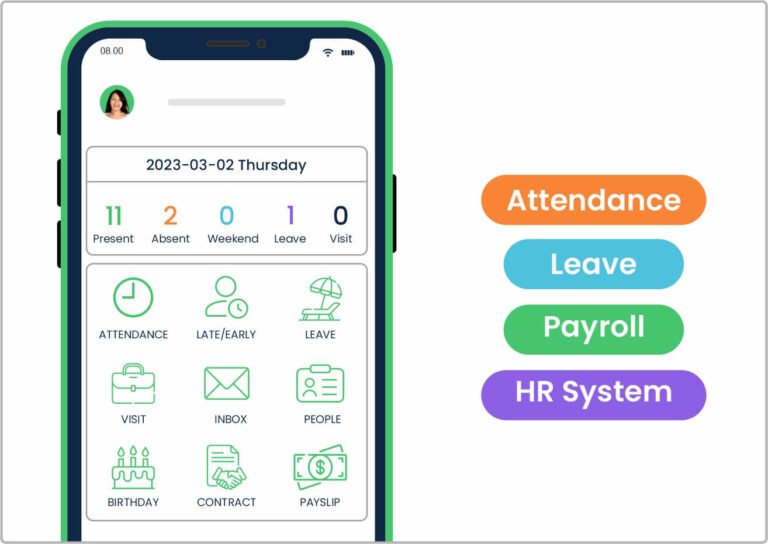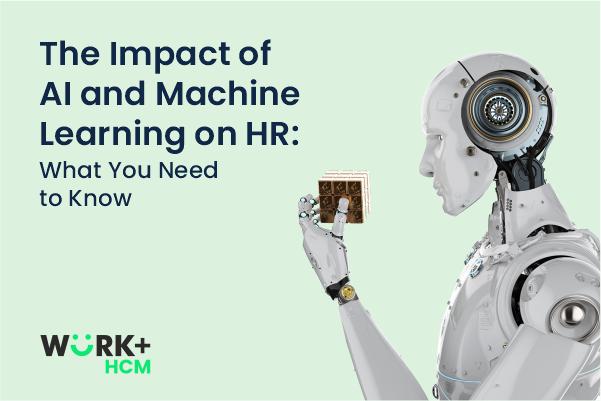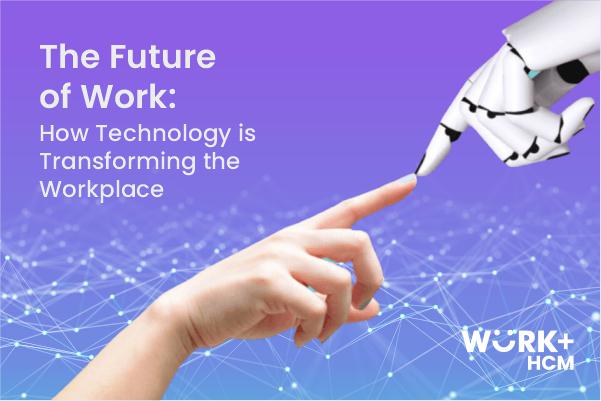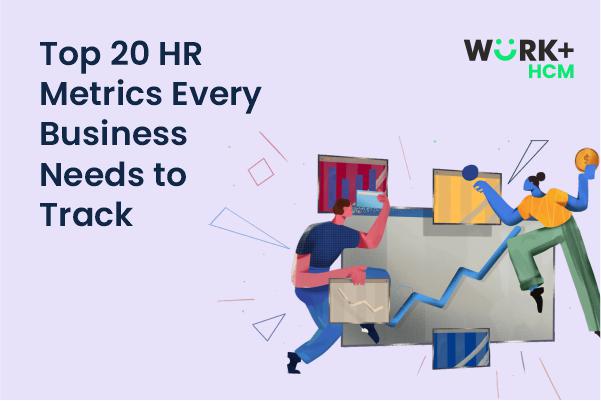Connecting HRMS with Payroll, ERP & BI Tools in UAE Companies

Seamless Integration: Connecting HRMS with Payroll, ERP & BI Tools in UAE Companies
Jessica Calaoagan
October 22, 2025 | 8-mins read
The businesses in the UAE are required to keep pace with the ever-changing digital world, which means that they have to double their efforts and cut their operating costs. Besides labor and tax regulations that change dynamically, they are also expected to comply. The HRMS integration UAE event is the very essence of this upheaval, a fundamental move by companies seeking to merge their HR systems with payroll, ERP, and BI tools. The integration is not only time-saving when done correctly but also offers live visibility on personnel costs, along with a compliance and decision-making facilitation executive-wide.
This article delves into the integration imperatives, technological routes, abridged UAE cases, and a pre-HR checklist with regard to the selection of the cloud HRMS UAE solution.
Why Integration Matters for UAE Companies
Several organizations in the Middle East, particularly mid-to-large enterprises, have already established different systems – one for payroll, another for accounting, and maybe a separate ERP or BI tool. Without proper integration, HR teams are compelled to:
- Manually inputting the same data across different platforms without extraction results in time/ resource loss.
- Continuing to work with employee data that is inaccurate or incomplete, thus exposing the organization to compliance risks.
- Having a hard time with limited access to the costs of the workforce, which, in turn, results in slow decision-making.
By embracing a consolidated strategy via HRMS integration in the UAE, companies can open up the following vital benefits:
- Avoiding Duplicate Data Entry: Integration eliminates redundant data entry between HRMS, payroll, and ERP. For example, once an employee is onboarded in the HR system, their information automatically syncs to payroll, attendance, and accounting, reducing the number of manual errors.
- Reducing Errors & Improving Accuracy: Payroll errors lead to a very expensive problem – in both financial and reputational terms. The issue of a connected ecosystem is that the salary calculations, leave balances, and statutory deductions are always on the same page.
- Real-Time Visibility into Costs: Integration gives immediate access to the labor costs, overtime that has been used, and the part of the budget allocated for the benefits, thus letting the leaders proactively control the resources.
- Resource Allocation & Forecasting: Through ERP and BI integration, HR teams can predict the need for employees, match the budgets, and guarantee the best use of talent.
- Regulatory Compliance in the UAE: The UAE has specific payroll and labor law requirements, and WPS (Wage Protection System) compliance is only one among many others. Integrated systems become the means for minimizing risk through accurate reporting and timely compliance.
Explore leading HR software solutions tailored for UAE businesses.
Common Integration Patterns & Technical Architecture
When looking to integrate HRMS with payroll, ERP, and BI tools, companies in the UAE have multiple ways to achieve the same goal. The decision-making factors are: business size, available budget, and the company’s IT infrastructure.
1. APIs (Application Programming Interfaces)
APIs facilitate inter-system communication in real time. For instance, if HR changes an employee’s designation, the change is automatically updated in the payroll and ERP modules
- Advantages: Quick, real-time, easily customizable.
- Challenges: It takes specialized IT knowledge, and there is a need for regular maintenance.
2. Middleware Solutions
As complementary parts making up a whole, different subsystems are connected with the help of middleware, thus allowing unhampered data flow. By using the middleware, the source of all the data is no longer needed, as all data is routed through the middleware for processing.
- Advantages: Facilitates different types of connections and makes the system scalable.
- Challenges: Payment of additional fees for software installation and upgrade, issues with time lag during data transfer.
3. Unified HR & ERP Platforms
The vendors who politically unite HRMS, payroll, ERP, and BI into one integrated platform are the proprietors of the “single source” approach. Consequently, “all-in-one” times less integration trade-offs but offers less freedom if you use the best-of-breed.
- Advantages: Single vendor for support, less complexity in the management of the system.
- Challenges: Limited by the vendor, fewer possible customization options.
Key Technical Considerations for Integration
- Data Mapping: Organizations should achieve a standardization of the different data fields (e.g., “Employee ID” in HRMS and “Worker Code” in ERP) for the data to be comparable.
- Security & Compliance: Highly sensitive HR and payroll information that is being transferred between systems should be encrypted, while there should also be access control based on the roles/users present in the organization.
- User Permissions: Descriptions of the rights of each user must be so precise that only those authorized can have the rights to view, edit, and export data.
- Audit Trails: Integrated systems should always maintain log records to meet regulatory requirements and facilitate issue resolution.
For more insights on payroll-specific integrations, read this related blog: Cloud Payroll Software in Dubai.
Examples of Successful Integrations in UAE Companies
Integration is already an imperative no more—it is the standard in organizations that are thinking ahead in the UAE. Here is what a few real-world instances look like:
1. Retail Group in Dubai
A retail chain of huge proportions, which has more than 5,000 employees, decided to link up its HRMS with payroll and ERP. The human resources team was using days for the process of reconciliation of overtime and allowances, which were different for various branches. After the integration, the data passes straight into ERP, offering the management real-time dashboards of labor costs per store.
2. Construction Company in Abu Dhabi
The company had to take the necessary steps to meet the WPS standards. So by connecting payroll with HRMS and their bank, they had salary transfers automated, made compliance easier, and cut the payroll processing time to less than half (60%).
3. Healthcare Group in Sharjah
The healthcare institution connected its HRMS, payroll, and BI tools. After looking at the data on attendance, leave, and patient demand that all came from one system, they were able to predict staff shortages, manage scheduling in the best possible way, and make sure that the healthcare regulations were followed.
These real-life scenarios depict that integration is not merely a technological upgrade, but it is a strategic enabler of the industries in the Middle East that are applying such changes, like retail, healthcare, etc.
Checklist for HR Leaders Before Choosing an HRMS Vendor
Choosing the right Human Resource Management System (HRMS) vendor can be considered one of the most important moments in the success of the system installation. Here is a down-to-earth checklist for HR leaders in the United Arab Emirates:
Compatibility with Existing Systems
- Is an HR management system designed to use APIs or a standard middleware for seamless connectivity of ERP and BI tools?
Data Export & Import Flexibility
- Without the help of IT support, is the system able to export or import employee records, payroll data, and reports?
Local Payroll & Legal Compliance Modules
- Are there features in the HRMS that are specifically designed according to the UAE regulations, like WPS, gratuity calculations, and labor law reporting?
Vendor Support for Integration
- Can a vendor provide you with the necessary assistance and documentation for a successful ERP and payroll system integration?
Scalability & Cloud Readiness
- Are you able to increase the capacity or functionality of the software to match the growth of your business? The cloud-based platforms give more freedom and thus are more user-friendly.
Security & Data Privacy
- Is the product compliant with UAE data protection laws, and are encryption, user permissions, and other security features a part of the solution?
Why Integration Is the Future of HR in the Middle East
As the UAE goes on with its quick economic change, organizations are putting digital-first HR strategies at the top of their lists. In any case, whether through cloud HRMS UAE solutions or hybrid models, the integration across HRMS, payroll, ERP, and BI is becoming a differentiator from competitors. Companies that are not going to integrate will be exposed to inefficiencies, compliance fines, and lower employee satisfaction.
Progressive HR leaders understand that integration is not a single event system but an ongoing capability that changes with business requirements. Integration from real-time cost control to data-driven decision-making allows HR to be a part of the organization’s strategic success.
Final Thoughts
Integrating an HRMS with payroll, ERP, and BI tools in companies in the UAE is not just about saving time; it is rather about achieving strategic alignment, compliance, and agility in a fast-changing market. Through choosing the appropriate integration route, securing a strong technical architecture, and collaborating with a trustworthy HR payroll software developer, UAE companies can energize their HR staff to provide the highest value.


